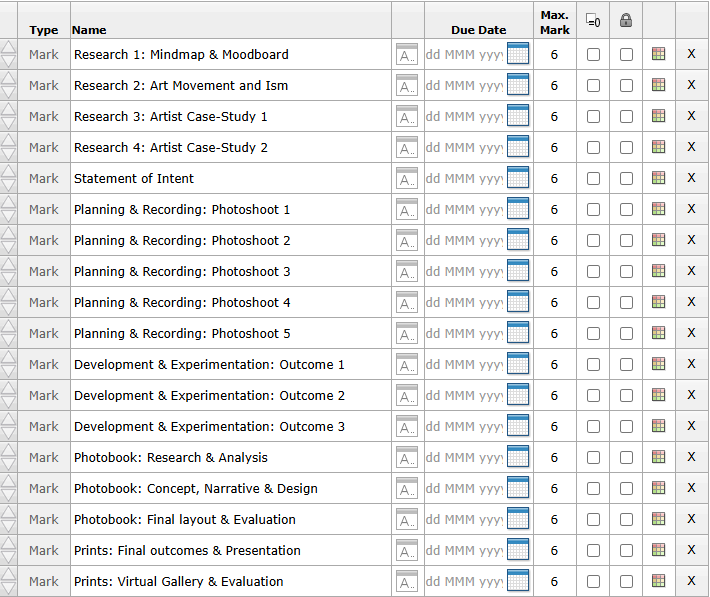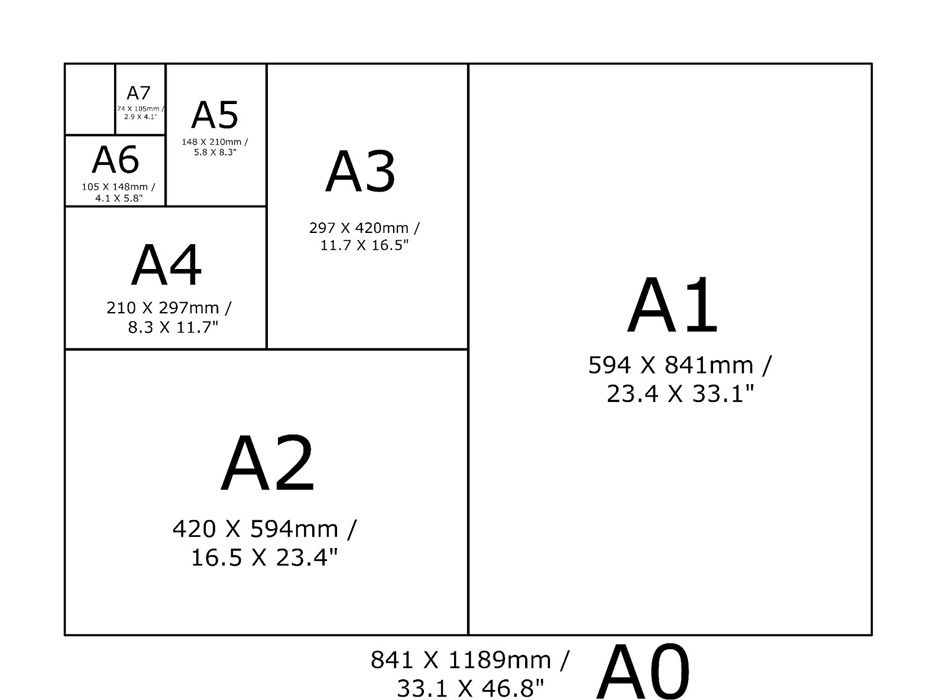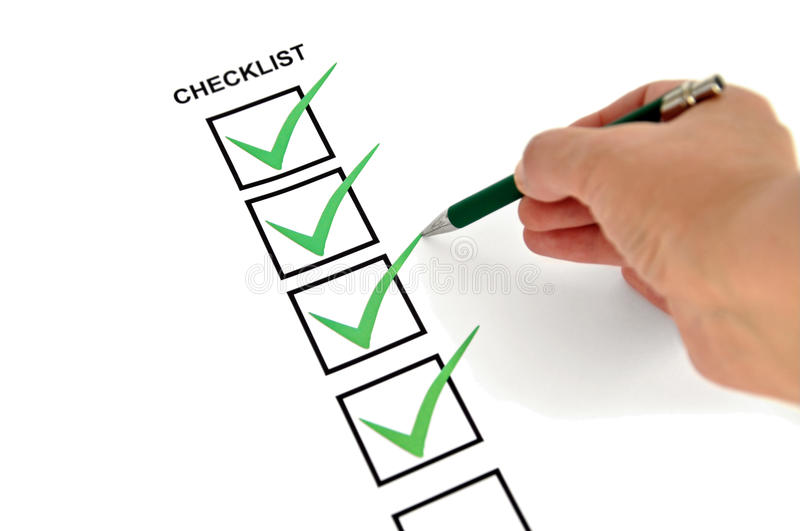Use this simplified list to check that you are on task. Every item on the list represents one piece of work = one blog post. It is your responsibility as an A-level student to make sure that you complete and publish appropriate blog posts each week.
2025 PHOTOGRAPHY EXAM PLANNER | Photography 2025 Exam
Examination dates: 15 hrs controlled test over 3 days
Group 13C: 2, 23 & 24 April
Group 13A: 2, 23 & 24 April
Group 13D: 3, 25 & 28 April
(please check your email from C Farrow re : dates + clashes)
The Theme: ‘UNION’
Each week you are required to make a photographic response (still-images and/or moving image) that relates to the research and work that you explored in that week. Sustained investigations means taking a lot of time and effort to produce the best you can possibly do – reviewing, modifying and refining your idea and taking more pictures to build up a strong body of work with a clear sense of purpose and direction

SPRING TERM
WEEK 1: 10-14 Feb
1. RESEARCH 1: Mind-map and mood-board
2. RESEARCH 2: Choose an Art Movement and explore what ‘united’ them.
< ideology / meaning > context / legacy > aesthetics / style >
WEEK 2 + 3: 15 Feb – 2 March – Study Leave
1. RESEARCH 3 & 4: Case studies > Artists References (at least two) Why have you chosen them? How do their work relate to exam theme? What are you planning to do in response?
> context > analysis > meaning > methods > techniques >
2. PLANNING: photoshoot 1
> ideas > intentions > response to artists studies >
3. RECORDING: photoshoot 1
> camera handling > composition > lighting > location > models/ props >
WEEK 4: 3-9 March – Study Leave
1. STATEMENT OF INTENT: Describe 1-2 IDEAS
> why > how > who > when > where >
2. PLANNING: photoshoot 2
> ideas > intentions > response to artists studies >
3. RECORDING: photoshoot 2
> camera handling > composition > lighting > location > models/ props >
Week 5+6: 10-24 March
1. EDITING: Photoshoots 1 & 2
2. EXPERIMENTING: Develop images in post-production using creative processes > techniques > manipulation relevant to your intention
3. EVALUATING: Photoshoots and experimentation
> reflect > review responses > compare with artists references
5a. PHOTOBOOK: Research, story and narrative
5b. FILM: research and storyboard
6. PLANNING: photoshoot 3 & 4
> ideas > intentions > response to artists studies >
7. RECORDING: photoshoot 3 & 4
> camera handling > composition > lighting > location > models/ props >
MOCK EXAM: Mon 24 – Tue 25 March
5 hours controlled test
Rules: You will have access to the blog to produce blog posts, BUT no access to the internet. No use of mobile phones. No talking to each other or ask teachers for help.
Work to be done:
MOUNTING FINAL PRINTS: Present final prints from your Personal Study project on foamboard/ window mounts and put in your coursework folder. Make sure it has a label and velcro on the back. You may want to take make sure that you produced evidence on the blog of how you planned to present your final prints – see below
PRESENTATION OF IMAGES: Produce mock-ups in Photoshop showing how you wish to present your images, ie. singles/ diptych/ triptychs/ grids in window mounts or on foamboard with or without borders.
VIRTUAL GALLERY: Select images from our folder below of empty gallery walls/ spaces and create a virtual display of your images using Photoshop to resize images to fit using templates here: M:\Radio\Departments\Photography\Students\YR 13 OBSERVE, SEEK, CHALLENGE 2024-2025\Gallery Mock-ups
EDITING IMAGES: If time allows you can also edit images from exam project and produce blog posts showing selection and adjustments of best images and write an evaluation of photoshoot etc. Be mindful that there is no access to the internet and the blog will be ‘offline’.
Week 7: 26 – 31 March
1. EDITING: Photoshoots 3 & 4
2. EXPERIMENTING: Develop images in postproduction using creative processes > techniques > manipulation relevant to your intention
3. EVALUATING: Photoshoots and experimentation
< reflect > review responses > compare with artists references
4a. PHOTOBOOK: Begin design and layout of photobook in LR
4b. FILM: Begin editing process in Premiere/ Audition
6. PLANNING: final photoshoot 5
> ideas > intentions > response to artists studies >
7. RECORDING: final photoshoot 5
> camera handling > composition > lighting > location > models/ props >
Week 8: First day of the EXAM
Group 13C: 2, 23 & 24 April
Group 13A: 2, 23 & 24 April
Group 13D: 3, 25 & 28 April
Rules: No use of mobile phones. No talking to each other or ask teachers for help.
You will have access to the blog to produce blog posts, BUT no access to the internet.
The blog will only be available for you to access during exam times each day between 09:00 – 15:20. In other words, you will not be able to make any changes/ improve work outside of exam times.
It essential therefore, that you have done must of the preparatory work – research/ artist case studies/ photo-shoots/ evidence of creativity, development and experimentation of images – before the exam period begins on day 1.
Work to be done
1. PRINTS: Final selection of images in print folder above (ready by end of Day 1 of the Exam)
2. PRESENTATION: Complete mounting all final prints
3. VIRTUAL GALLERY: Present final images using templates here: M:\Radio\Departments\Photography\Students\Image Transfer\EXAM 2025\Gallery mock-ups
3. PHOTOBOOK: Complete design and evaluate
4. BLOG: Review and complete all supporting blogposts
5. FOLDER: Label all final outcomes and put in Exam folder
6. SIGN: Student authentication form
EASTER:
During Easter the blog will not be online and available for publishing work, but you can use this time productively (if needed) and work on producing written and visual content for the blog using either Words or PowerPoint and transfer it onto the blog during examination. If you still need to produce photoshoots, this is the last opportunity to do so, but you would need to be editing any new images made at home on your own computer using Lightroom or Photoshop downloaded from Adobe Creative Suite.
Follow the 10 Step Process and create multiple blog posts for each unit to ensure you tackle all Assessment Objectives thoroughly :
- Mood-board, definition and introduction (AO1)
- Mind-map of ideas (AO1)
- Artist References / Case Studies (must include image analysis) (AO1)
- Photo-shoot Action Plan (AO3)
- Multiple Photoshoots + contact sheets (AO3)
- Image Selection, sub selection, review and refine ideas (AO2)
- Image Editing/ manipulation / experimentation (AO2)
- Presentation of final outcomes (AO4)
- Compare and contrast your work to your artist reference(AO1)
- Evaluation and Critique (AO1+AO4)
PREPARE AND SAVE IMAGES FOR PRINTING:
- Add your images to the print folder here…
File Handling and printing...
- Remember when EXPORTING from Lightroom you must adjust the file size to 1000 pixels on the Short edge for “blog-friendly” images (JPEGS)
- BUT…for editing and printing when EXPORTING from Lightroom you must adjust the file size to Short edge for “high resolution” images (JPEGS) like this…

- A5 Short Edge = 14.8 cm
- A4 Short Edge = 21.0 cm
- A3 Short Edge =29.7 cm
This will ensure you have the correct ASPECT RATIO
Ensure you label and save your file in you M :Drive and then copy across to the PRINT FOLDER / IMAGE TRANSFER
For a combination of images, or square format images you use the ADOBE PHOTOSHOP > NEW DOCUMENT + PRINT PRESETS on to help arrange images on the correct size page (A3, A4, A5)
You can do this using Photoshop, Set up the page sizes as templates and import images into each template, then you can see for themselves how well they fit… but remember to add an extra 6mm for bleed (3mm on each side of the page) to the original templates. i.e. A4 = 297mm x 210 but the template size for this would be 303mm x 216mm.


